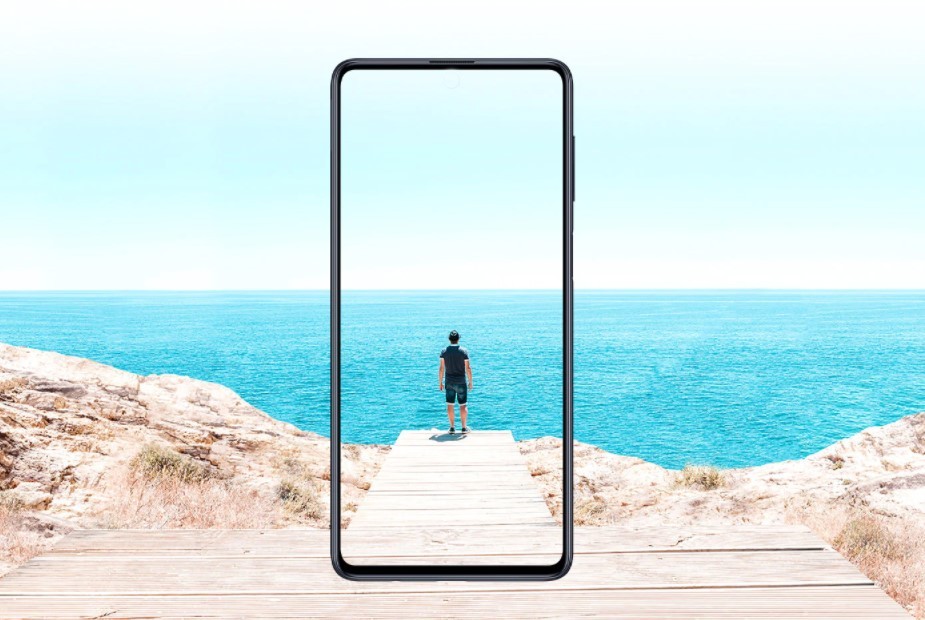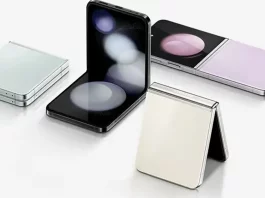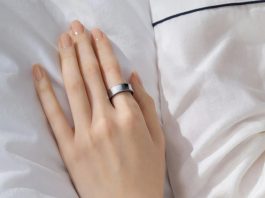Samsung has reportedly scrapped the idea of introducing Under Display Camera tech with the upcoming Galaxy S21 series. According to the latest report, the low production yield rate is the reason for dropping the idea.

South Korean media TheElec, in a report, says that Samsung will try to finally adopt it in the next iteration of the foldable device, allegedly called the Z Fold 3 in Q2 2021. Just like Galaxy S20 or Fold 2, early rumors said Galaxy S21 will include the UDC technology. But now, it seems like Samsung has done away with the idea as reported earlier.
As per the report, Samsung Display, which is the manufacturer of many Samsung smartphones’ displays has been trying the HIAA process for UDC technology. HIAA refers to Hole In Active Area. Introduced with the S10 series, it uses high-precision lasers to cut through the display to make way for cameras. The report says the process, which lowers the defect on adjacent electronic parts, has two methods- HIAA 1 and HIAA 2.
In the first method, Samsung punches a hole in a single shot whereas, in the second method, it does it with multiple micro holes. Out of this, HIAA 2, which was commissioned last year by Samsung, uses Wonik IPS’ vacuum chamber, and Philoptics laser. The company apparently tried to use HIAA 2 and also a transparent film method. However, it has reportedly faced low production yield-rates. It generally means the rate of undefective items out of total items produced.
Editor’s Pick: [UPDATED] Explained: Under Display Cameras & its Application with the CEO of OTI Lumionics
A recap of UDC technology
For the unaware, UDC is a new technology that aims to remove the concept of drilling holes on displays. Instead, the part of the display that is covering the camera turns transparent as the camera operates eliminating punch-holes/notches.

Companies like Oppo, Xiaomi, Vivo have already been working on improving the technology. However, ZTE has come out with a first commercial device, Axon 20 5G. The technology behind all these companies’ prototypes is like the low-reflective glass covering the camera with high transmittance. When selfie is triggered, it becomes transparent allowing light to enter.
However, the Polyimide(PI) substrate that is predominant in OLED screens has a problem of distortion when allowing the light to pass through. Hence, it needs a camera tech that is both thinner and converts the distorted light with yellow tints to normal color for best results. From the looks of it, Samsung is yet to perfect the issues and hence, it will reportedly use the same punch-hole displays on the next S21 series.
Up Next: POCO C3 to arrive with HD+ display and 4GB of RAM



